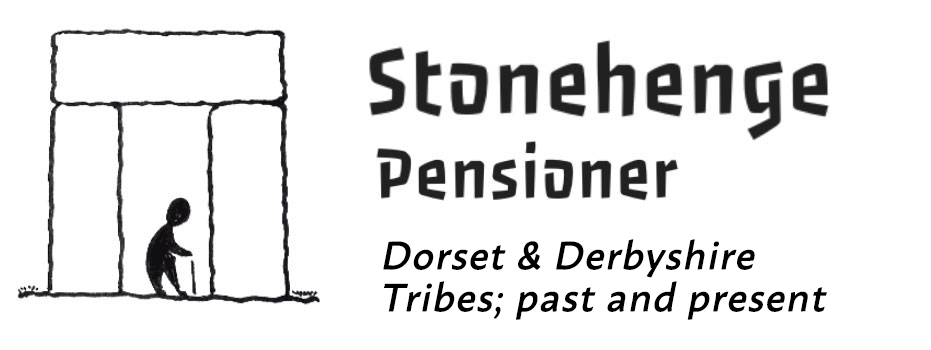Underground In The Peak District
Going underground in the Peak District is rather easy. Derbyshire is riven with old mines and mining waste. Huge numbers of men worked out lead, copper and coal. However, humans don’t belong underground; moles do.
Mr. Mole
Here, moles are everywhere, tens of thousands, creating a bobbly rash over the green fields. The soil bobble is pushed up to the surface when this mammal creates an underground channel. Consequently, one gets to see the soil, which is invariably dark and fertile. That’s because the moles seek worms and worms need rich soil. Because of the poor chalk soils in Dorset, few moles are seen in that county. In the past, the mole catcher hung the dead moles on a barbed wire fence, which was gruesome. Also, the day is long past when moleskin was used to make clothes. Perhaps Zuri did this in 2200 BC. In Shrewsbury Cemetery, in 1961, the moles were killed by putting strychnine powder on a worm and dropping it into the mole channel. That was a vile death, which the EU banned in 2006.
Underground Water
My new village has an interesting feature called High Well. Consequently, it holds an annual well dressing ceremony, although this was cancelled in 2020. However, the well is not a well. By definition, a well has to be cut into the ground to tap a water source. The High Well is really a spring. These are similar to the chalk springs in Dorset, which are often called a winterbourne. These tend to flow only in winter, when rainfall is high. No equivalent exists in Derbyshire. Here, we are on the limestone plateau, with springs all around the outer edge. However, beyond this edge is a different rock called gritstone. This is also peat country and it does not contain springs, underground water, or caves.
Caves & potholes
I was once a caver, a potholer, and water coming out of limestone was called a resurgence rather than a spring. The water engendered pure excitement, the promise of the cave systems beneath ground. I had all the gear to go underground. The polypropylene rope, which floats on water. Add in a rope ladder and headlights for my helmet. If you have never been underground, and switched off all lights, then you don’t understand darkness. The eyes become virtually useless. This is why moles are blind. I exited the cave very wet, often covered in mud but exhilarated. That was because coming out into the fresh air and sunlight, the world was reborn. The sky, the warmth, the sounds and odours, overwhelmed the senses.
Underground in the Peak District
To conclude, there are good employment prospects for molecatchers. Sadly, it probably means using metal traps. These are dropped into the mole run and when the blind mole runs into one, they are crushed. At least the skin can be used – moleskin trousers, anyone?





We must be quite a rarity in Dorset as we are currently experiencing a lot of mole activity on our lawn. I see it as a good thing. When out walking I will always investigate a molehill as they can throw up buried finds such as pottery or bone, which can help you understand the history of the site. Mole hills are gifts to archaeologists!
Ah Julie, I forgot the potential benefit that moles had for archaeology. That said, our moles here throw up nothing but soil, no stones and certainly no artifacts.